We’ve reached the year 1962. This is a good point to stop and summarize where we’ve been and where we’re going.
Up until now we’ve looked solely at Acalanes, Las Lomas, and Miramonte.
Acalanes
At Acalanes we saw early examples of radio clubs.
Acalanes also introduced us to the undocumented radio/electronics clubs.
Sometimes these clubs could only be found in retrospect based on the senior section of a yearbook.
Scotchler’s section says the following:
Scotchler, James W.–English, Science, Math, History major; Electronics Club 1, 2, 3, 4. Varied hobbies such as Hi-Fi, stamps, photography and electronics.
Shepard’s section says the following:
Shepard, Robert Charles–Math, Science, English major; AKLAN 2; Stage Crew 2; Electronics Club 1, 2, 3, 4; Football 4. Ham radio operator.
Between James W Scotchler and Robert Charles Shepard’s sections in the 1962 Aklan, we were able to deduce that there appears to have been an electronics club at Acalanes that went unmentioned in the yearbooks for four school years.
Acalanes will return! However, in order to properly tell this story we had to expand our focus.
Las Lomas
Las Lomas opened in 1951. Based on our research so far, they had an electronics club after two school years.
They were the first school in the Acalanes Union High School District to have their own amateur radio station–call letters K6JQP.
The club started out big…
but with each passing year, the club became smaller and smaller.
So far, their faculty advisor has been Eugene Melville.
Miramonte
Miramonte opened up in 1955. In short order they too had an electronics club…
which started its own amateur radio station as well–call letters K6KGD.
Unlike Las Lomas, Miramonte’s electronics clubs seemed to remain about the same from year to year.
Looking Forward: The Coming Of Wendell Pleis, The Outside Influence, and the Del Valle Divergence
There are numerous teachers that have a role in the story of KCEQ, but arguably no one played as key a role as Wendell Pleis. He is the one who was the faculty advisor from its inception at Del Valle through the majority of its run at Acalanes. He didn’t start in the Acalanes Union High School District. He started teaching high school at Scottsbluff High School in Nebraska. He taught there for a number of years before coming out to California. He taught at Campolindo for a few years before ending up at Del Valle. When it closed, he went to Acalanes where he finished his teaching career. Since we can, we’re going to include his years at Scottsbluff High School.
In 1969, a student-run radio station called KVHS began broadcasting from Clayton Valley High School on 90.5 FM. According to Wendell Pleis, this station helped inspire Del Valle students to have their own radio station. We’ll be looking at Clayton Valley High School and their station in as much as it pertains to the story of KCEQ. We may also sneak in a little bit of KSMC, which is a student-run station broadcasting from Saint Mary’s College in Moraga.
Finally, while Del Valle, Campolindo, and Acalanes will all have amateur radio stations, it’s at Del Valle where an important split between the more technical side of radio and broadcasting formed. It’s this divergence that will see KCEQ emerge from the 1970s into the 1980s while all the amateur radio stations appear to go away with the closing of Del Valle in 1979.
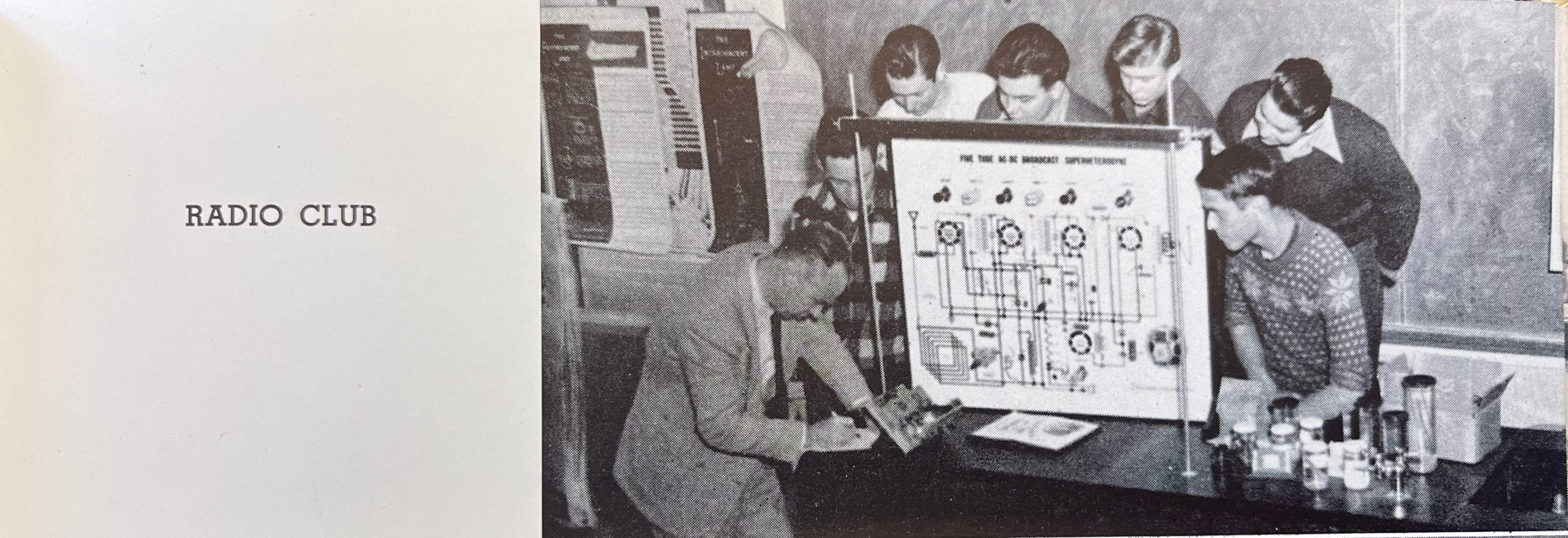
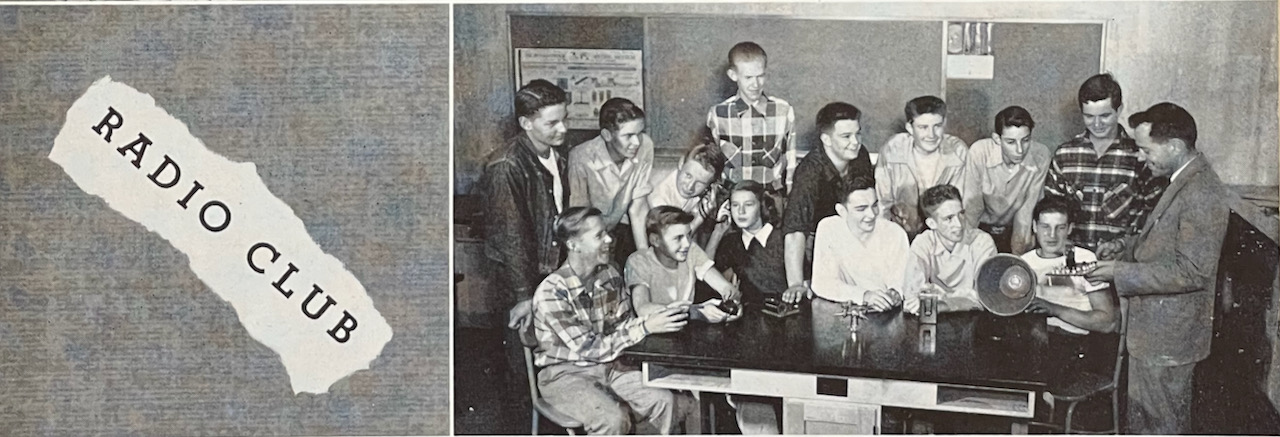




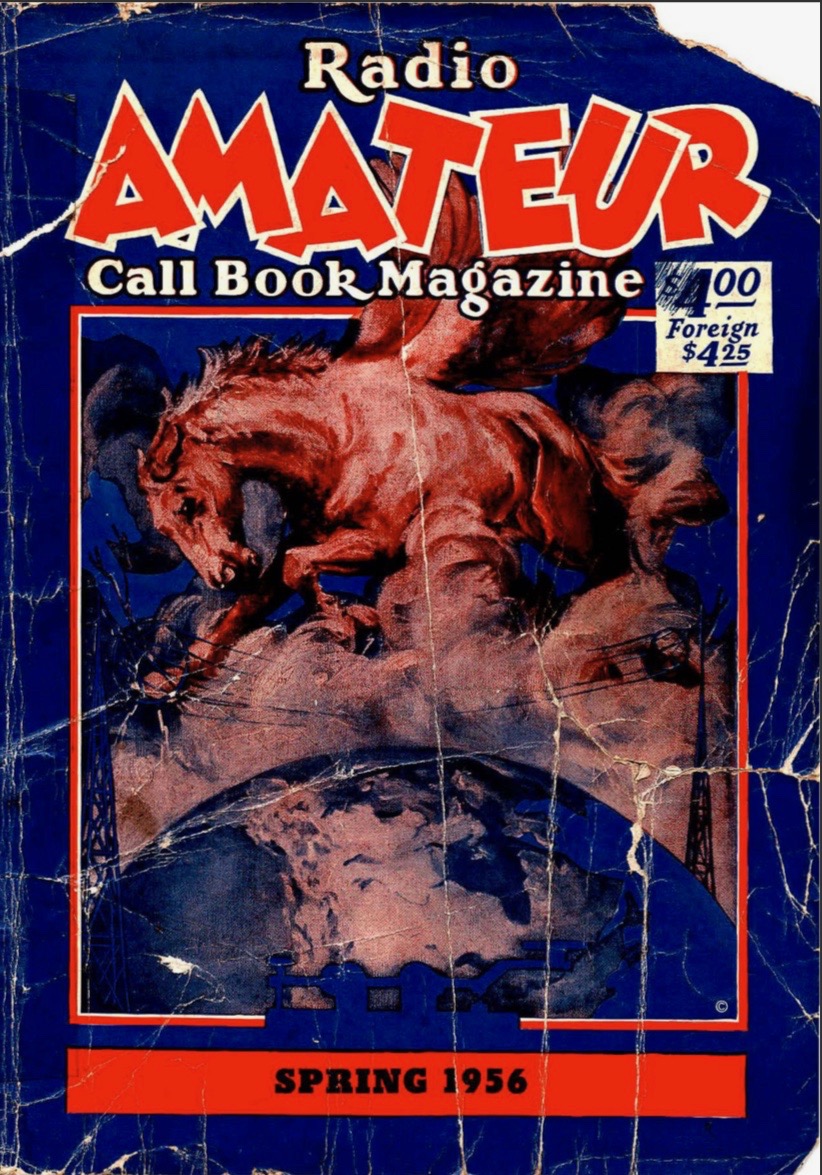
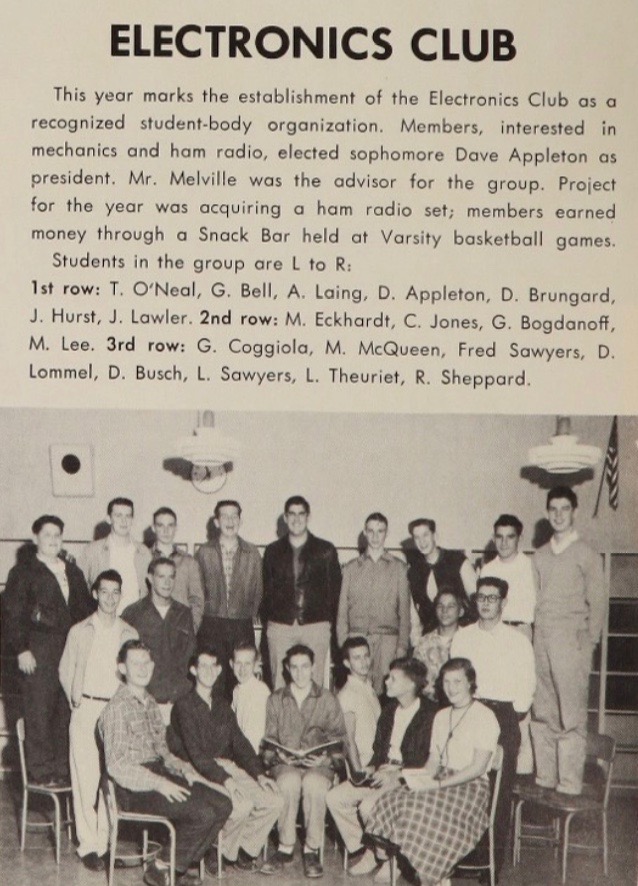



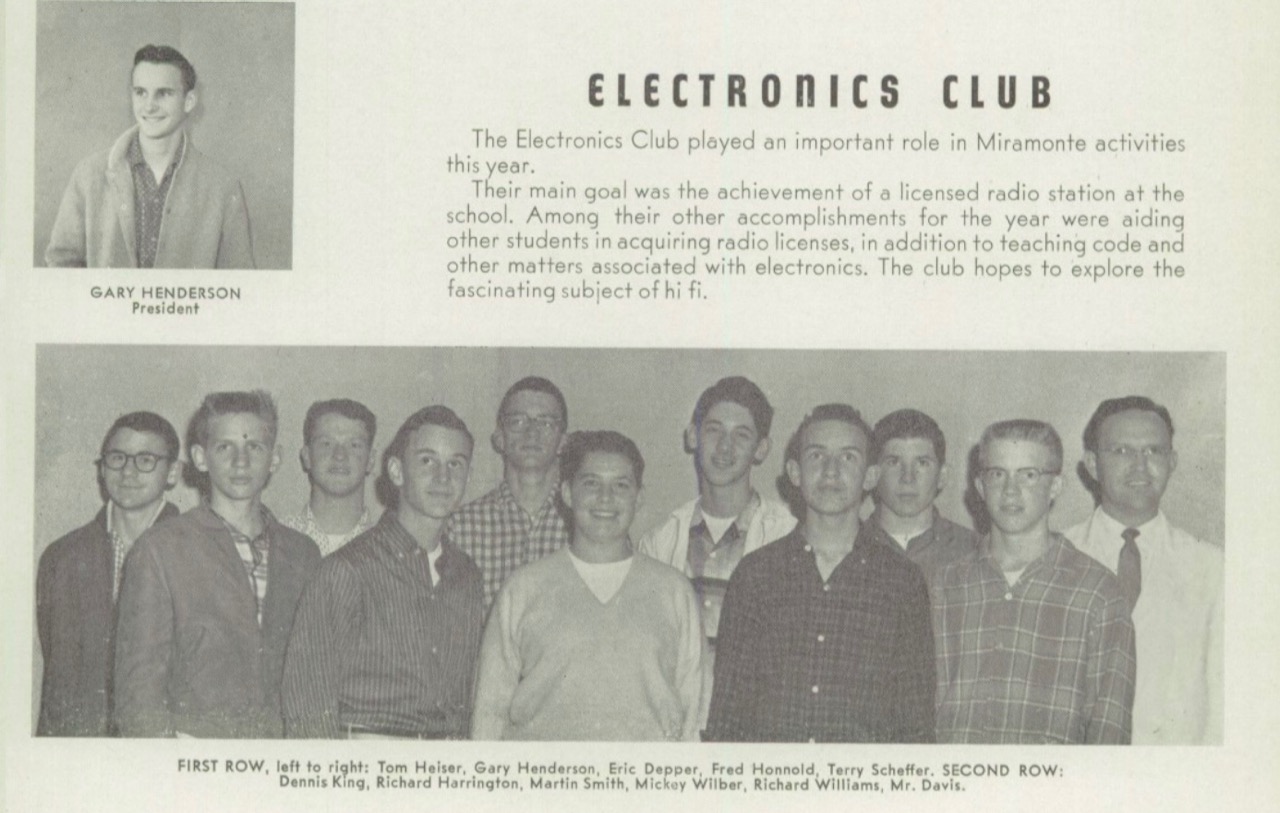

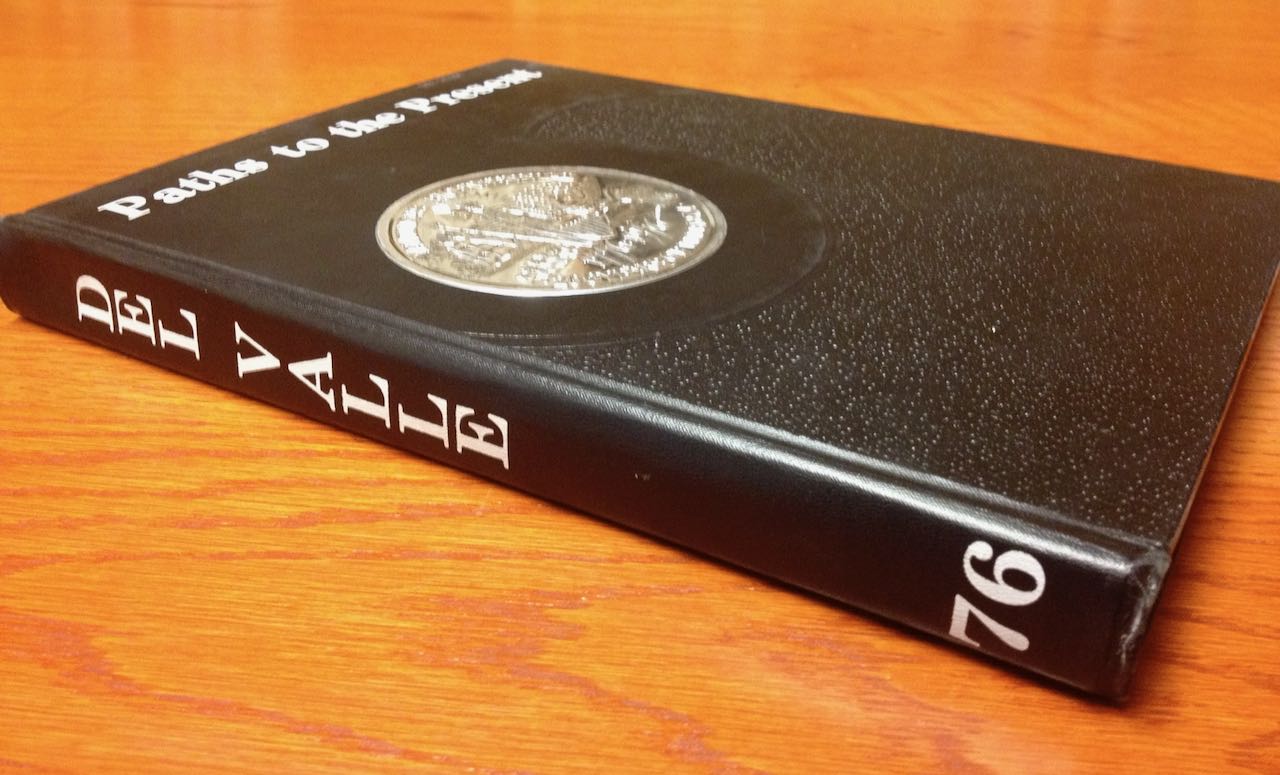

Leave a Reply